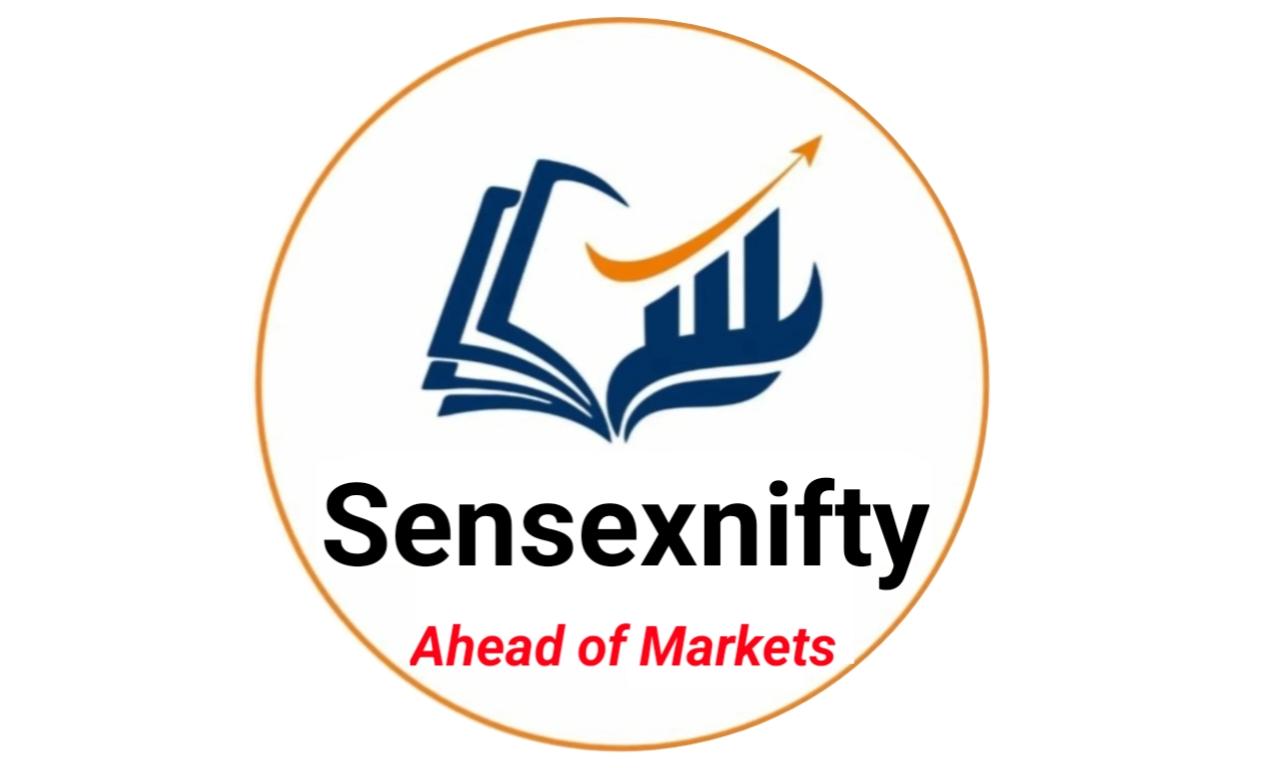
The US corporate bond market is showing signs of stress, with high-yield spreads reaching their highest levels in six months. Over the past month, high-yield corporate bond spreads have widened by approximately 60 basis points, now sitting at 3.20%. Investment-grade corporate bond spreads have also increased by 27 basis points, reaching 0.96%, the highest level since September 2024.
While these moves are not necessarily signaling an immediate recession, they highlight growing unease in financial markets, driven by trade war tensions and rising economic uncertainty.
Understanding Corporate Bond Spreads
Corporate bond spreads represent the difference between the yield of corporate bonds and risk-free government bonds of similar maturity. A widening spread often indicates that investors are demanding higher compensation for risk, which can reflect concerns about economic conditions, corporate credit risk, or overall market sentiment.
Historically, sharp increases in bond spreads have preceded periods of economic slowdown or financial distress. However, at current levels, the recent widening does not yet point to an imminent crisis.
Key Drivers of the Recent Spike in Spreads
1. Trade War Uncertainty
The renewed escalation of trade tensions between the United States and key trading partners has contributed to heightened market volatility. Uncertainty surrounding tariffs, supply chain disruptions, and global economic implications are weighing on investor sentiment.
2. Recession Risks on the Horizon
Although the US economy remains resilient, concerns about slower growth in 2025 persist. Recent economic data suggests moderating consumer spending, and the Federal Reserve’s policy stance remains a key focus for investors. While a recession is not imminent, bond markets are pricing in a higher probability of economic headwinds.
3. Rising Cost of Borrowing
Higher interest rates are making it more expensive for companies to refinance debt. With the Federal Reserve maintaining restrictive monetary policy, corporate borrowing costs have increased, particularly for lower-rated issuers in the high-yield segment. This is putting additional pressure on companies with weaker balance sheets.
What This Means for Investors
Cautious Sentiment in Risk Assets: The widening spreads indicate that investors are becoming more selective, favoring high-quality assets over riskier debt.
Potential Buying Opportunities: If spreads continue to rise significantly, some investors may see opportunities in distressed bonds or sectors that have been disproportionately impacted.
Market Volatility Likely to Persist: As long as economic uncertainty remains elevated, volatility in corporate credit markets is likely to persist in the coming months.
The recent surge in high-yield and investment-grade corporate bond spreads is a signal that investors are reassessing risks amid economic and geopolitical uncertainties. While spreads are not yet at crisis levels, the trend suggests a more cautious outlook for financial markets.
Disclaimer
The information provided in this article is for informational purposes only and does not constitute financial advice. Investors should conduct their own research or consult with a professional before making any investment decisions. The views expressed are based on current market conditions and are subject to change.




